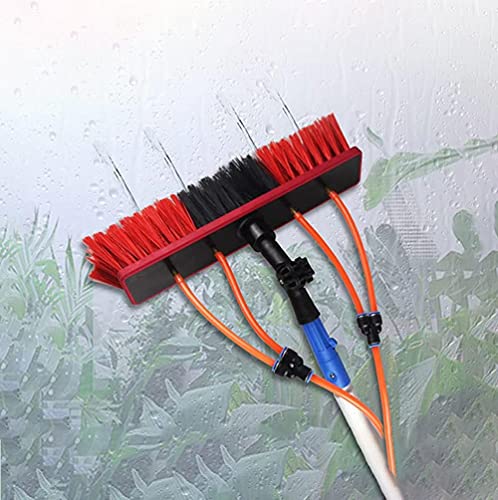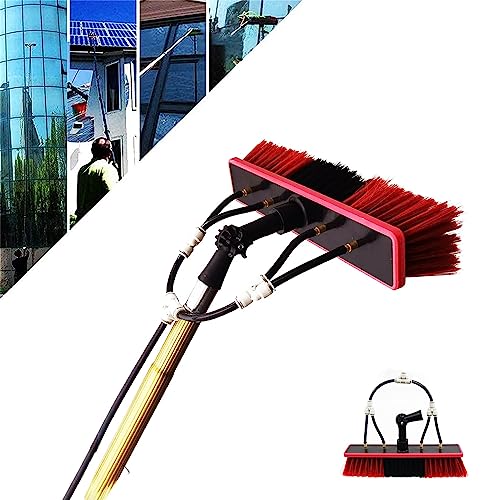dazmond
Well-known member
- Messages
- 2,586
- Location
- salford, manchester
I have 2 x105ah numax batteries in tandem(the same model as the one in your first pic).....they are over 3 years old and still going strong powering a 9kw diesel heater,electric reel and pump.....I charge them every night with a 20amp numax commercial charger... I also have a smart split charge relay fitted.....best batteries I've ever bought!normally batteries last me 12-18 months and their toast!?




























